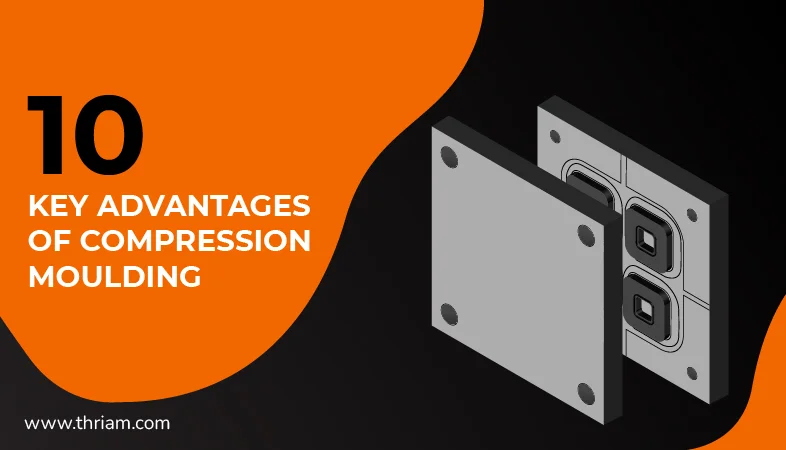Achieving Efficiency and Excellence: Managing Procurement in Electronics Manufacturing for Mechanical Engineering

Introduction:
In the field of electronics manufacturing in mechanical engineering, effective procurement management plays a crucial role in ensuring the success of projects. Procurement, which involves sourcing materials and components needed for manufacturing, is essential for meeting the project's objectives within the specified budget, maintaining high-quality standards, and optimizing lead time. In this blog post, we will explore the challenges faced and best practices for managing procurement in electronics manufacturing within the context of mechanical engineering.
The Three Factors of Procurement: Cost, Quality, and Lead Time:
When it comes to managing procurement, there are three fundamental factors that play a crucial role in the success of any project: cost, quality, and lead time. In the context of electronics manufacturing in mechanical engineering, understanding and effectively managing these factors is essential to ensure the delivery of top-notch products within budget and on schedule.
Cost:
Cost is a cornerstone consideration in procurement. The ultimate objective is to obtain materials and components at the best possible price without compromising on quality. Procurement managers need to carefully evaluate supplier quotes, negotiate contracts, and explore opportunities for bulk purchasing or long-term agreements.
However, cost optimization goes beyond seeking the lowest price. It also entails examining the total cost of ownership, which includes factors such as maintenance, support, and transportation costs. By assessing the entire cost structure associated with procuring and utilizing materials, procurement managers can make informed decisions that drive cost reductions and maximize value for the organization.
Quality:
Maintaining high-quality standards is paramount in electronics manufacturing. Poor quality components can lead to product failures, customer dissatisfaction, and even safety concerns. To ensure quality, procurement managers must diligently vet suppliers based on their track record, certifications, and adherence to industry standards.
Supplier audits and ongoing performance evaluations are crucial in this regard. Collaborating closely with engineering teams and involving them in the supplier selection process can help define quality requirements and expectations accurately. By partnering with reliable suppliers committed to quality control, procurement managers can minimize the risks associated with subpar components and achieve consistent product excellence.
Lead Time:
Time is of the essence in today's fast-paced business environment. The ability to procure materials and components within the required timeline is critical to meeting project deadlines. Procurement managers must establish clear communication channels with suppliers to gain visibility into production schedules and ensure that materials are delivered on time.
Building strong relationships with suppliers is key to effective lead time management. By understanding their capacities and capabilities, procurement managers can collaborate to optimize production schedules, reduce lead times, and minimize any potential delays. Proactive planning, open communication, and contingency strategies are essential in mitigating any unforeseen obstacles that may arise.
Challenges in Managing Procurement for Electronics Manufacturing in Mechanical Engineering:

Rapid Technological Advancements:
One of the greatest challenges in managing procurement for electronics manufacturing in mechanical engineering is the rapid pace of technological advancements. Electronic components and devices are evolving quickly, and keeping up with the latest advancements requires constant monitoring, research, and adaptation. Procuring cutting-edge components that meet the specific needs of mechanical engineering projects can be demanding, as engineers must stay up-to-date on the latest technologies and sourcing strategies to ensure optimal performance and compatibility.
Product Quality and Compliance:
In the mechanical engineering industry, maintaining product quality and compliance is paramount. Ensuring that electronic components adhere to industry standards and regulations, such as ISO certifications and environmental compliance, adds complexity to the procurement process. Sourcing high-quality components that meet these stringent criteria becomes crucial to avoiding product failures, safety hazards, and legal issues. Verifying the reliability, authenticity, and traceability of components becomes a challenge, as counterfeit or substandard parts can pose significant risks.
Supply Chain and Lead Time Management:
Achieving efficient supply chain management is essential for timely project completion. However, managing lead times and ensuring the availability of electronic components can be a major hurdle. Electronic components often have longer lead times due to their specialized nature and limited supplier options. In mechanical engineering, where projects are time-sensitive, delays caused by component unavailability or longer lead times can impact productivity, project timelines, and ultimately, customer satisfaction. Balancing lead times, inventory levels, and supplier relationships is key to mitigating these challenges.
Supplier Management and Relationship Building:
Engaging with a network of reliable suppliers who understand the mechanical engineering industry is critical. Building and maintaining strong supplier relationships can help alleviate procurement challenges. However, identifying and qualifying the right suppliers, negotiating favorable terms, and managing performance can be time-consuming and intricate. Establishing clear communication channels, collaborative agreements, and continuous evaluation of supplier performance is essential to minimize risks associated with quality, delivery, and cost.
Best Practices for Managing Procurement for Electronics Manufacturing in Mechanical Engineering:
Supplier Evaluation and Selection:

Conduct thorough evaluations of suppliers based on their reliability, track record, quality control processes, and financial stability. Develop relationships with a range of suppliers to ensure flexibility in procurement.
Strategic Sourcing:
Implement a strategic approach to sourcing components and materials. Collaborate closely with engineering teams to identify technical requirements and specifications early in the product development process. Engage suppliers in discussions to enhance their understanding of project objectives.
Negotiation:
Effective negotiation skills are crucial in procuring materials at competitive prices without compromising quality. Conduct market analysis and benchmarking to gather information on fair market prices. Leverage volume discounts and long-term contracts to reduce costs.
Supplier Relationship Management:
Developing strong relationships with suppliers is invaluable to achieving a reliable and efficient procurement process. Regularly communicate expectations, provide feedback, and collaborate on resolving any challenges that arise. This fosters a collaborative and mutually beneficial partnership.
Conclusion
Managing procurement for electronics manufacturing in mechanical engineering involves balancing cost, quality, and lead time. By implementing best practices such as strategic sourcing, effective supplier evaluation, negotiation skills, and nurturing strong supplier relationships, procurement managers can ensure the efficient and successful delivery of high-quality electronic products. Embracing these practices helps companies thrive in a highly competitive industry while meeting customer expectations and maintaining profitability.



